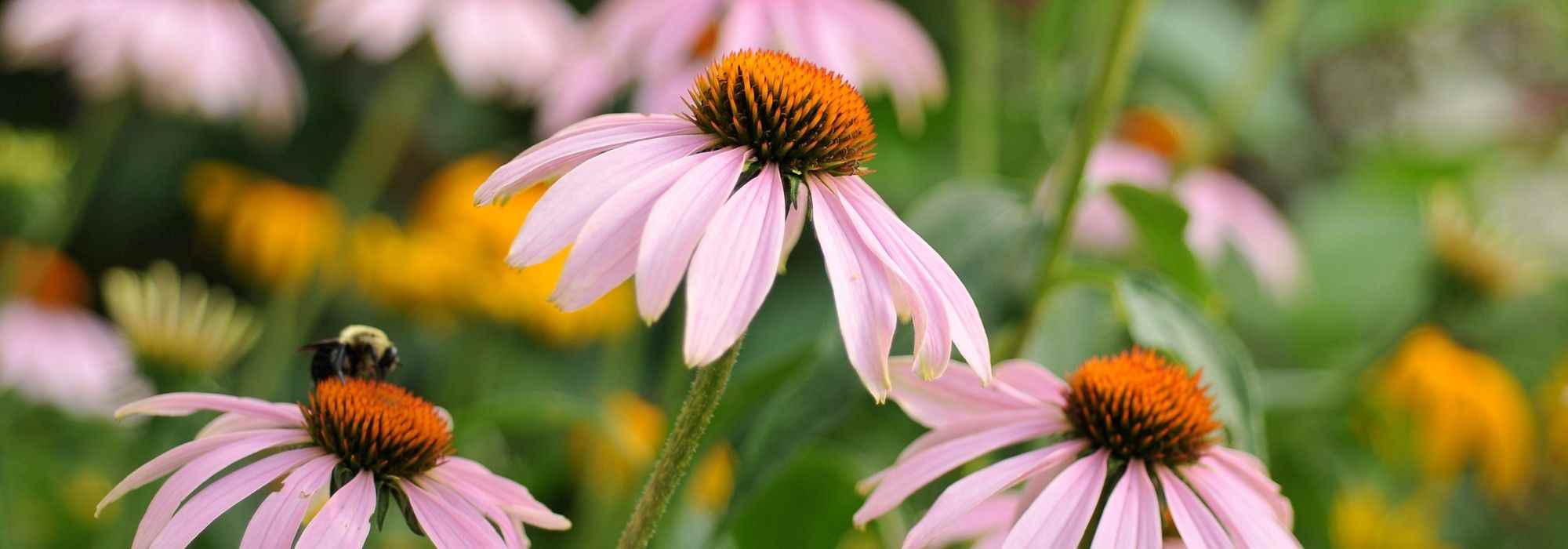
5 reasons to buy perennial plants in large pots
The benefits of established perennials
Contents
When the planting seasons arrive (autumn or spring), a question may arise: is it better to buy young plants or more mature, already developed plants? The perennial plants in containers, whether small or large, share common advantages. For instance, they can be planted at any time during the year (except during frost and heatwaves) and there is the option not to plant them immediately after purchase. More expensive to buy than young plants in small pots, the perennial plants in large pots offer certain benefits. Indeed, they have better root quality than young plants, withstand drought better, and cope with root competition. This is mainly due to their roots being developed in a balanced manner. Furthermore, these larger plants delight impatient gardeners who wish to have a decorative flowering plant visible right away!
To learn more, discover in detail our 5 reasons to buy plants sold in large volumes!
A well-developed root system
To obtain large pot perennial plants, plant producers, horticulturists, and nurserymen undertake a long process of care and monitoring of the young plants over several years (from 2 to 4 years, or even longer). Compared to perennial plants in smaller containers, these crops require more care. Before their commercialisation, container perennials are repotted several times (depending on the growth rate) to allow them to grow in a regular and rapid manner. With each repotting, the plant is transplanted into a pot of a larger capacity than the previous one. This way, the roots have enough space and do not form a tangle. Indeed, due to lack of space, the roots can butt against the wall of the container and coil around themselves. Also known as “root binding,” this phenomenon is detrimental to the plant, which suffers from root system suffocation. Be aware that there are now so-called “anti-binding” pots with vertical grooves that guide the roots and prevent them from forming a tangle. Good maintenance also requires regular pruning and weeding, frequent fertilisation, and watering. Generally of good quality and health due to all this care, large pot perennial plants have a dense root hair system.
My advice: when purchasing, check the overall condition of the chosen plant (pests, spots on the foliage…). Turn the pot over: if you notice that the roots are escaping through the drainage holes at the bottom of the pot, it means that the plant is cramped and has not been repotted as it should have been. These compressed roots are a bad sign.

The presence of numerous rootlets indicates a good condition of the plant
A better and quicker recovery
Perennials sold in large sizes are well-rooted and ensure a good and quick recovery after planting. Throughout their growth, these plants maintain intact roots, without damage, which is very beneficial for successful planting in open ground or in pots. Thanks to the numerous rootlets, nutrients and water are better absorbed, leading to rapid colonisation in the soil. As for the young perennials packaged in pots of 8 or 9 cm, they are indeed cheaper to purchase, but their establishment takes longer.
Discover other Perennials
View all →Available in 1 sizes
Available in 0 sizes
Available in 1 sizes
Available in 1 sizes
Available in 1 sizes
Available in 2 sizes
Available in 1 sizes
Available in 1 sizes
Available in 1 sizes
Available in 1 sizes
An immediate decorative effect
Potted perennial plants offer us the opportunity to create a lush decor instantly! This is the main reason why busy gardeners purchase large, well-established perennials. With their substantial clump, they instantly adorn and dress up balconies, terraces, and gardens. Moreover, it is easier to appreciate the true decorative advantage of a well-developed plant than that of a very young specimen. When buying from retailers (garden centres, nurseries), these perennials, sometimes in full bloom and with abundant foliage, allow you to envision how to stage them in your outdoor space. Thus, the choice of your perennial is made thoughtfully based on the important criteria for you: foliage and flower colours, habit, fragrance…
 Potted perennial plants have well-developed foliage
Potted perennial plants have well-developed foliage
Less root competition
One often overlooks it, but quite a lot happens underground. In a garden, plants are in constant interaction, in synergy, but also in competition for water and nutrients. In a perennial bed, young and small plants with a weak root system, coming from a small pot, must withstand tough competition. In contrast, perennials grown in large pots, particularly resilient and robust, fare much better at the start of planting, compared to neighbouring plants. Already mature, they quickly take advantage of the resources in the soil more than the smaller specimens.
Better drought resistance
As explained earlier, perennial plants grown in large pots have a more developed root system than those sold in pots. If a period of intense heat occurs during the first year of planting, a well-established and robust perennial in the ground will be better able to withstand dry spells. Indeed, roots anchored deeper benefit from more moisture. Of course, regular watering should continue and even be intensified in summer for all recent plantings.
- Subscribe!
- Contents
































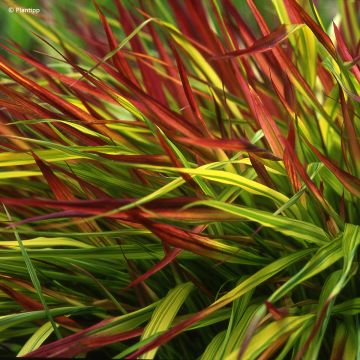


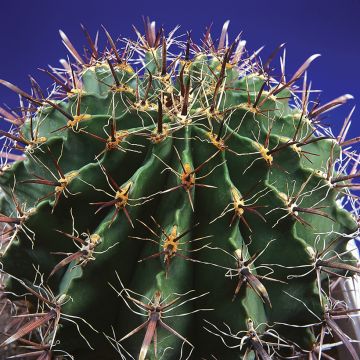
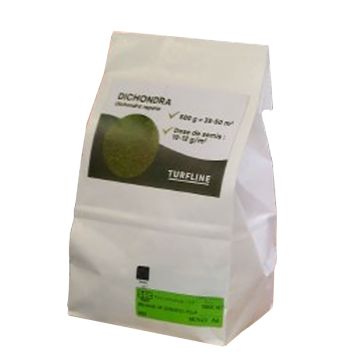

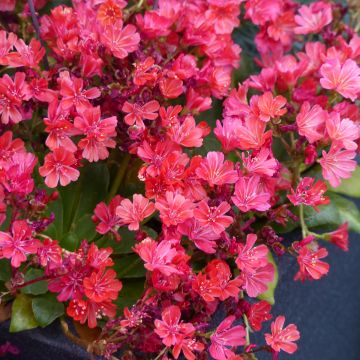
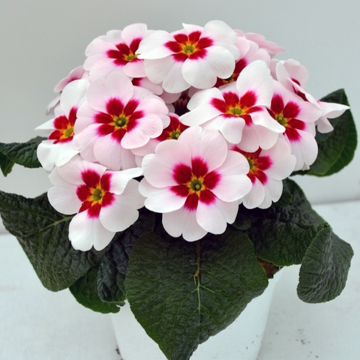
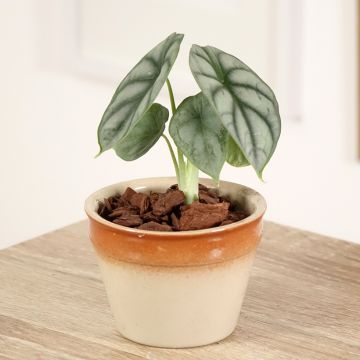
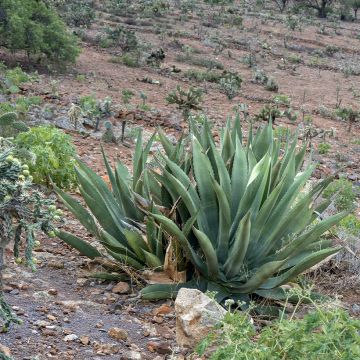
Comments